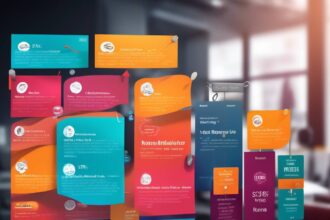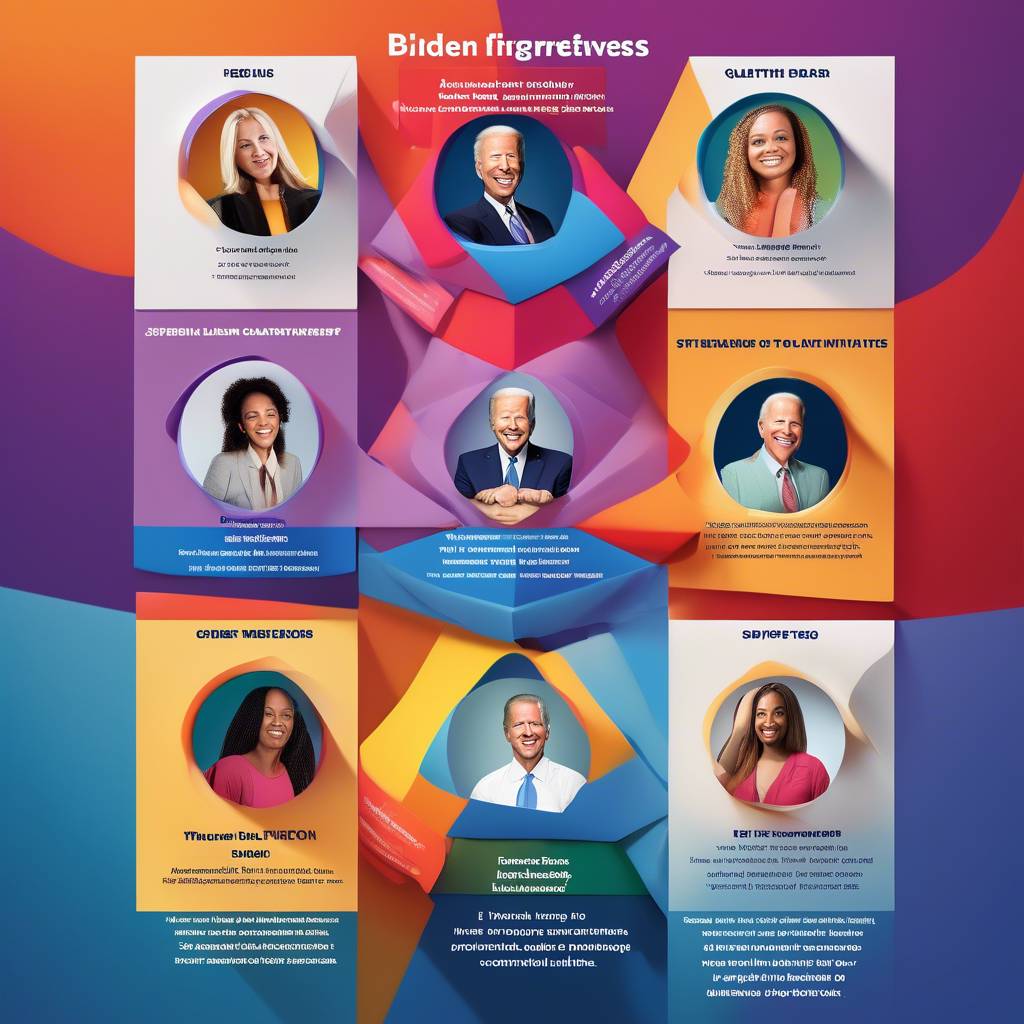Since taking office, President Joe Biden has approved billions of dollars in student loan forgiveness for over 4.5 million borrowers. The administration has implemented various reforms and executive actions to provide relief to borrowers, and a new plan unveiled last month aims to offer even more assistance. However, navigating these programs can be complex due to the different rules and eligibility criteria for each federal loan forgiveness opportunity. Some forms of forgiveness may be automatic, while others require specific actions such as applying for forgiveness, consolidating loans, changing repayment plans, or appearing in court.
A significant factor that could qualify borrowers for student loan forgiveness is the amount of time spent in repayment. Borrowers who have been repaying their loans for an extended period may be eligible for forgiveness under various initiatives. President Biden’s one-time IDR Account Adjustment program can credit borrowers with time towards their 20-year or 25-year forgiveness term under income-driven repayment plans. Additionally, a new mass debt cancellation plan currently in development could discharge federal student debt for borrowers who entered repayment at least 20 years ago for undergraduate loans and 25 years ago for graduate loans. Another program, called SAVE, allows borrowers to qualify for forgiveness in as little as 10 years based on the amount originally borrowed.
Employment can also be a basis for student loan forgiveness, with programs like Public Service Loan Forgiveness offering relief to employees of nonprofit or government organizations after 120 qualifying payments. The Teacher Loan Forgiveness program provides debt relief after five years of teaching at eligible Title I institutions. Under Biden’s new initiative, interest accrual or capitalization could become a basis for forgiveness, potentially eliminating up to $20,000 in interest for borrowers experiencing these issues since entering repayment.
Borrowers going through hardship may have pathways to student loan forgiveness, such as pursuing a bankruptcy discharge. The Education Department and Justice Department have collaborated to streamline the process, allowing borrowers to demonstrate “undue hardship” through a detailed financial attestation form. Biden’s new plan also offers relief for borrowers facing financial challenges preventing them from repaying their loans, with factors like age, income, and expenses being considered. Additionally, disability status can qualify borrowers for forgiveness under the Total and Permanent Disability discharge program, with updated regulations making it easier to qualify.
Attendance at certain schools could also be grounds for student loan forgiveness. Borrowers who attended specific national for-profit college chains or institutions approved under the Borrower Defense to Repayment or Closed School Discharge programs may be eligible for relief. Biden’s plan includes automatic discharges for borrowers who attended institutions that lost eligibility for federal student aid due to poor student outcomes. These various pathways to student loan forgiveness aim to provide relief to borrowers struggling with debt, and more information on federal forgiveness programs can be found at StudentAid.gov.









